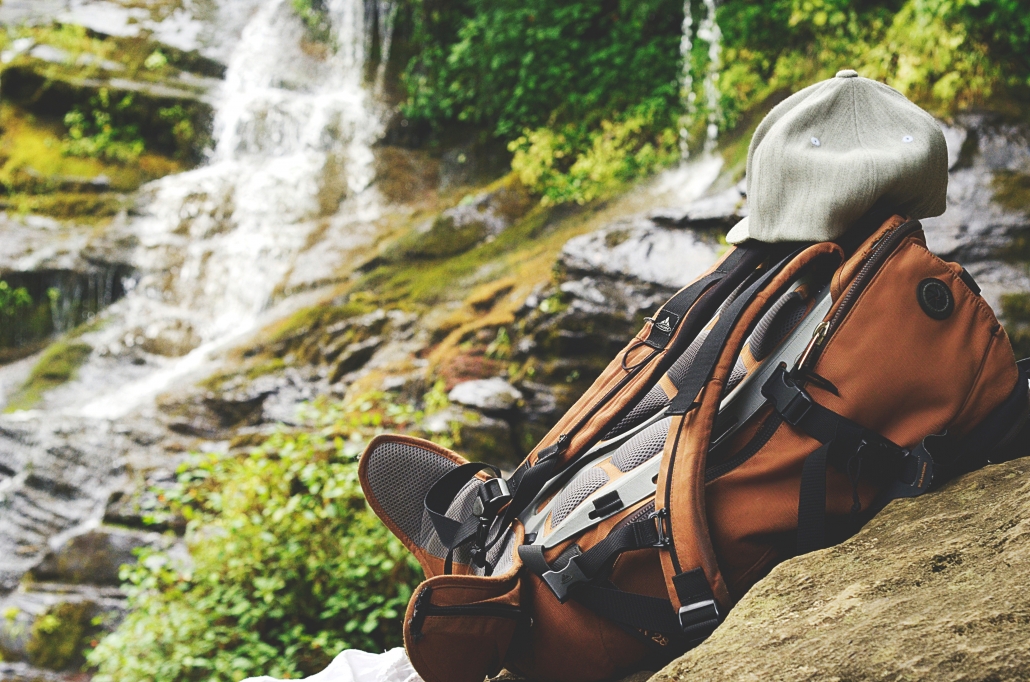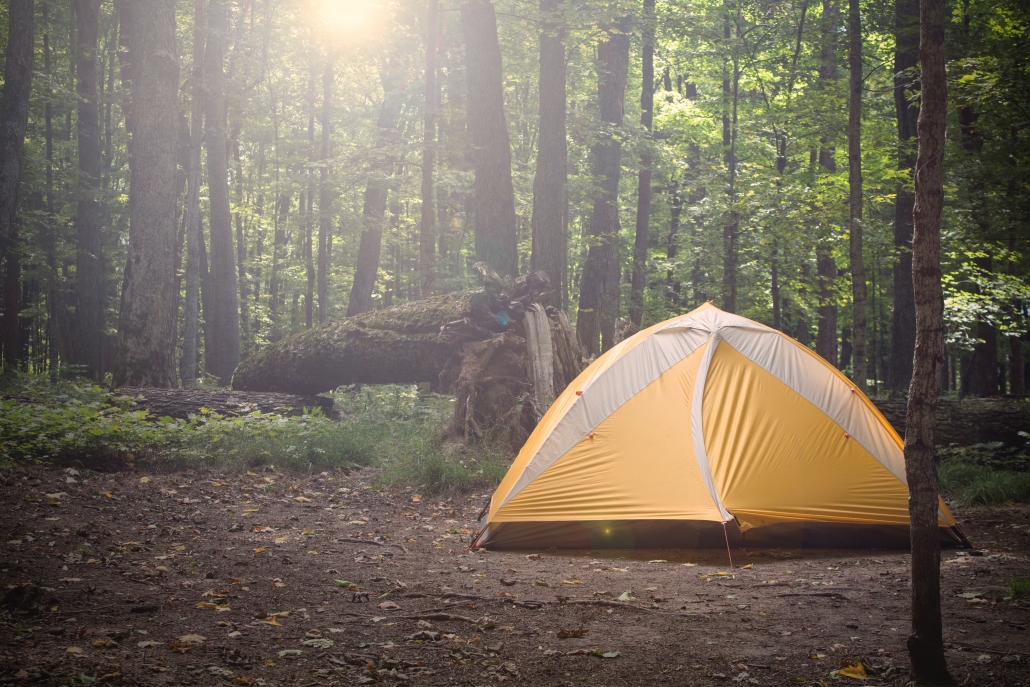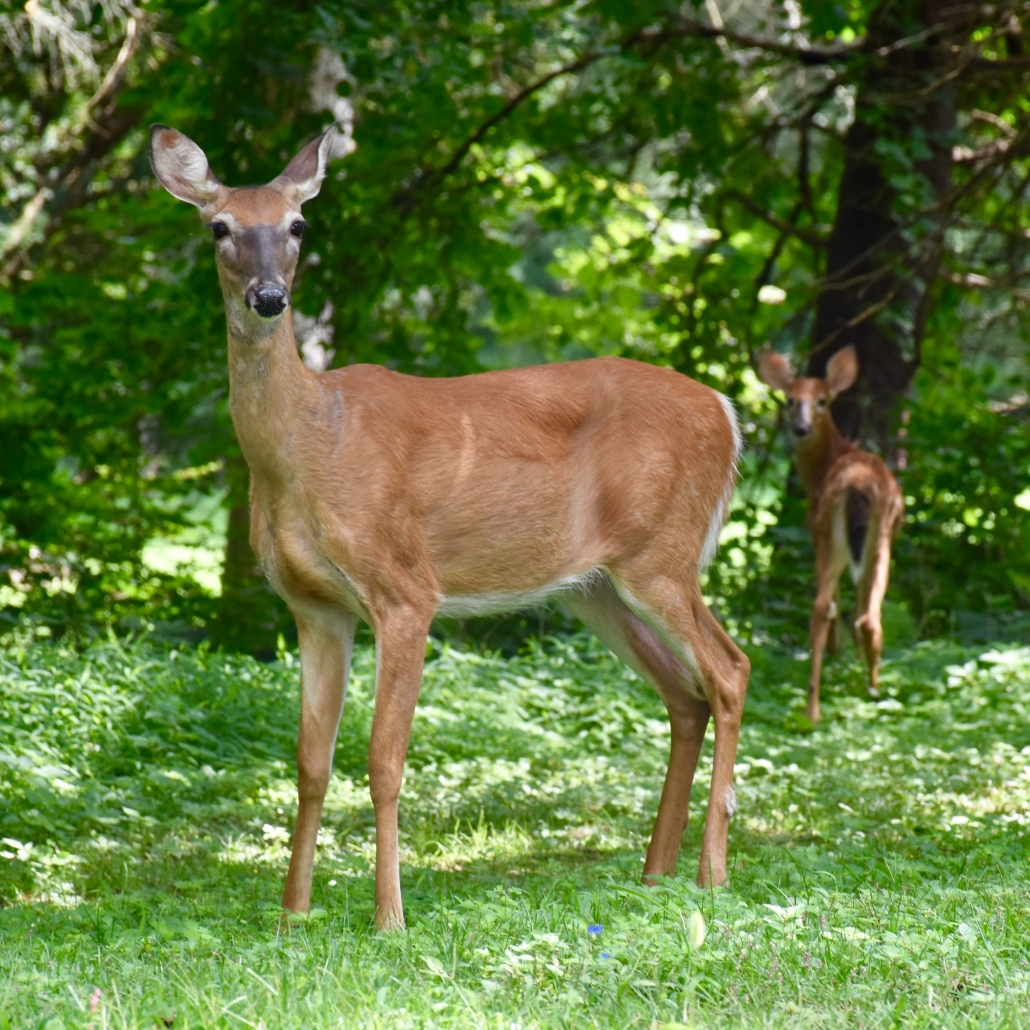
Anyone who loves the outdoors knows how important it is to protect and preserve it. Leaving no trace is one of the most important rules for any hiker, backpacker, camper, or nature enthusiast. In order to help spread awareness about what it means to respect and maintain the natural world, here are 7 guidelines laid out by the Leave No Trace Center for Outdoor Ethics to help you know how to be responsible on your next adventure! You can check out the organization’s website here for even more information and tips on protecting and respecting nature!
Come Prepared
Planning your trip ahead of time is definitely one of the best ways to reduce the chance of damaging the environment. By thoroughly researching the terrain, weather, and rules/regulations of an area, you will be better prepared. This makes you less likely to damage surrounding wildlife, yourself, and others.

Quick Tip:
Plan for one-pot meals! One-pot meals are exactly what it sounds like: they are dishes that can be prepared using a single piece of cookware (pot, pan, etc.) By preparing and packing ingredients for meals that can be cooked using a pot and your camp stove, you are automatically reducing the amount of waste you create. Take time before your trip to remove all ingredients or snacks from commercial packaging, and transfer them into reusable bags and containers. This way you’re eliminating unwanted trash from the beginning!
Travel and Camp on Durable Surfaces
Hiking or walking off marked trails is another big issue when it comes to leaving no trace. Avoid going off trail when possible so as not to damage the surrounding vegetation. If you have to go off the trail, however, here are a few tips to help you minimize your footprint:
The Three W’s: Watch Where you Walk
A “durable surface” is one that is capable of withstanding being walked/camped on without sustaining significant damage. Rock, sand, and gravel are great examples of durable surfaces. Always choose to walk on a durable surface before anything else. When it comes to walking off trail through vegetation, you can take certain precautions to help maintain the plant growth in the area. If possible, try to choose a spot with either sparse or durable vegetation (such as dry grass). By choosing these areas, you can step carefully and even avoid the vegetation entirely so you may rest assured that you caused the least amount of damage possible to the surrounding plants. Try to avoid wet meadows and other more fragile vegetation during any off-trail excursion.
The Do’s and Don’ts of Camping
When choosing the perfect campsite, it’s always best to go for the ones that other campers have already used responsibly and carefully enough that further camping will cause no more noticeable damage. Finding these durable surfaces, where there is no vegetation growing (either naturally or from repetitive use), is the best way to leave no trace when setting up camp. If you can’t find a place that is already a designated camping spot to pitch your tent, then make sure to take certain precautions during your stay there such as:
- If you are traveling in a group, spread the tents out to avoid concentrated damage on a small area.
- Wear soft shoes at the camp to help prevent damaging plants and insects. Or better yet, try to avoid stepping on vegetation at all if possible.
- If you are out camping more than one night, move your campsite daily to minimize damage to one spot.
- When breaking camp, try to return the area to the way you found it by covering your tracks with pine needles or dead leaves. This will help ensure that other people won’t camp in the exact same place and end up killing off the plant life in that area (people tend to set up camp in places where it’s obvious that others have too).

Disposing of Trash Properly
A great rule of thumb for leaving no trace is the popular saying “Pack it in, Pack it out.” It is every individual’s responsibility to ensure that whatever is packed up and brought into nature, is also packed up and brought out. There are so many ways to do this, from packing food in reusable containers, to simply carrying a bag to properly dispose of your trash afterwards. And no matter what, do not dispose of trash in your campfire or bury it in the ground. Campfire burning or burying trash does much more harm than good.
Make it Fun
If you have little ones with you, there’s always room for making mundane tasks into fun games, and cleaning up trash is no exception! Challenging your kids to find as much litter as possible and asking them to collect it to dispose of later is not only a fun challenge, but a great opportunity to teach them about the importance of respecting nature.
Leave What you Find
It may not seem like a big deal to bring home a few flowers from your hike or a handful of river rocks from your day on the water, but when everyone does it, a problem starts to arise. Not only is it respectful to the environment to leave things where you find them (except trash of course), but it also preserves the experience for others looking to appreciate nature. If you see something you like on your hike, snap a picture instead, then leave it be.

Be a Tree Hugger:
Trees do so much for us and our ecosystems, so respecting them is the least we can do. When you go out on your next outdoor adventure, make sure to avoid hammering nails into trees, breaking their limbs, and especially carving things into their trunks.
Minimize Campfire Impacts
Sure, it’s always fun to build a big campfire and roast marshmallows and hotdogs with friends, but if not done properly and responsibly, this seemingly innocent act can cause a lot of damage to the surrounding environments. It is ALWAYS better to use a camp stove instead of a fire, because camp stoves leave no trace. If you are going to build a fire though, the best spot to build one is in an existing fire-ring at a campsite. Assuming you don’t have access to a fire-ring, here are a few reasonable precaution to take when building your campfire:
- Be aware of the location you choose to build your campfire, and the seasonal fire risks involved.
- Build your campfire out of dry, dead wood that you find on the ground instead of chopping branches off of living or fallen trees. These trees function as homes for small animals and insects.
- Put your campfire out properly. You can do this by burning the wood you used to white ash, grinding up the remaining coals in your hands, soaking them with water, then scattering them over a large area away from your campfire site. As always, be extra careful and make sure that there are no remaining embers after you scatter the soaked coals.
Respect Wildlife
Respecting wildlife is a key component to leaving no trace, so here are a few tips on how to interact with the animals we share environments with:
- Don’t yell at, chase, or harass any wildlife. This disrupts their natural behavior and routine, and is just downright rude.
- It’s never good to condition wild animals to think that humans are a food source, so refrain from giving them your leftovers or some treats from your snack bag. This often leads to either the animal or other people being harmed due to false trust and misleading signals.
- Be respectful and understanding of the fact that animals don’t like quick movements and loud noises, so be mindful when in their habitats (if you are in bear country however, a bit of noise is good to help warn the bear of your presence and avoid startling him or her).
- If you are camping, pitch your tent at least 200 feet away from the closest water source. This allows the local wildlife to get water without the fear of humans being in their path.

Be Considerate of Others
When you hit the trail, don’t forget to keep the other nature lovers in mind. That means conducting yourself in a respectful and appropriate way, and teaching anyone under your care how to do the same. Most people don’t want to immerse themselves in the peacefulness of the outdoors, only to be met with the sound of screaming children, or an unruly off-leash dog. Understanding that you aren’t the only one out there is both beneficial to others and the environment you are in.
Now that you know the 7 basics for leaving no trace and respecting the place we are lucky enough to call home, it’s time to spread the word and help others understand how their actions impact the ecosystem.


